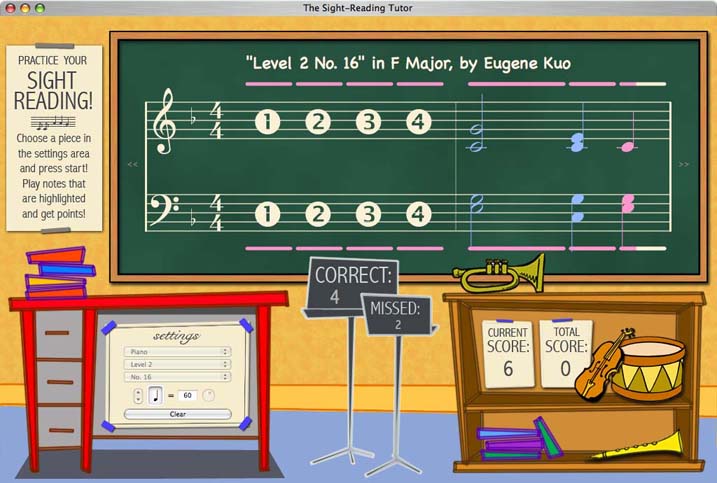
One of the key events of the year is when the President of the United States holds the State of the Union Address. Each president has addressed the nation in order to convey a specific message and move the nation to action. One of my mentors named Keith Bell has been a successful and beloved administrator in four different school districts in the Columbus, Ohio area: Assistant Principal at Gahanna Lincoln High School, Principal at Groveport Madison High School, and Principal at Westerville South High School and curriculum coordinator, and now Deputy Superintendent of the Columbus City School District. While at Groveport, he began to address his students in a format very similar to the State of the Union, however, he called it the State of the Cruisers, which is the school’s mascot. He and I talked about this extensively, as I was intrigued by the idea. He, as well as many administrators, believes it’s of great importance for the principal to speak with the students as much as possible. I couldn’t agree more.
Hmm, a State of the Union at my school? I know what you are thinking because I thought the same things. What do you talk about? Will the students behave? What’s the point? What’s the purpose? These are all relevant questions and should be asked. However, everything rises and falls on leadership, so it’s important for the building principal to be seen and heard by the students on a regular basis.
When I address my students at the quarterly State of the Lions Address (we are the Lions) I focus on 4-5 main points: celebrate individual student and group accomplishments for the quarter; share quarterly academic, discipline, and attendance data; outline and review expectations; address areas of concern or that need improvement, and explain special events/topics.
o Celebrate individual student and group accomplishments for the quarter
I keep a list of accomplishments, such as highlights about our Speech and Debate club, athletic team successes, students who participated in the fall play, musical concerts, or students who earned a student of the month award (PRIDE Award).
I simply ask these students to stand up in front of their peers, but occasionally I may display their names on the large screen.
I also ask all students who achieved Honor Roll or earned a quarterly Renaissance Achievement Card to stand up as well.
This only takes a few minutes, yet it shines a spotlight on our students who are marketing and protecting our school brand through their actions. Our school brand is P.RI.D.E- personal responsibility in developing excellence. By publicly recognizing students who demonstrate P.R.I.D.E we tend to get greater results from our students.
o Share quarterly academic, discipline, and attendance data
There are over 2400 students at my school and I stress how important it is for us to achieve and sustain a 3.0+ grade point average. Over 80% of our graduates attend either a two or four year college or university, yet I believe it can be much higher. With that said, our students must achieve at high levels and their grades must reflect this.
I communicate to our students what we expect them to accomplish and then we provide the time, assistance, and encouragement for them to meet our expectations.
I share with each graduating class their quarterly grade point average so that they can see where they are and what they need to do to meet the goal. This challenges them and (I hope) unifies them to push beyond barriers to academic success.
I also share the previous quarter’s data with them so they can see their progress over time.
It’s also important for students to see how they did in terms of discipline. I show the percentage of students from the class who were referred to the office, the number of incidents for the class, as well as the school average. There is typically a spike during the second quarter, which may be due to the long winter months, but this is something we have to overcome.
Finally, I share the percentage of students who had at least one excused absence or tardy, the percentage of students who had perfect attendance, and data from the previous quarter. Again, many students personally challenge themselves to be at school and on time once they see how their presence impacts the entire class.
We use the data to celebrate progress and achievement, but also to set goals for the next quarter.
o Discuss expectations
I use this time to directly let the students know what we expect from them. I try to use humor (smile), tell stories, show images, and short video clips to make my point. Be careful sharing too many stories as it may become a show and tell, which can lead to eye rolling, huffing and puffing, and sheer boredom (Um, not speaking from experience).
Expectations include, appropriate dress, school safety, work ethic, accountability, and respectful actions and language. You know, what we should expect from students these days.
We have seen a decrease in the number of fights, arguments, and discipline referrals since implementing the State of the Lions. However, there are a number of factor that contribute to this decrease as well.
o Address areas of concern or that need improvement
At times, I have to address more serious issues. I use this time to highlight the problem and then challenge students to be a part of the solution. I don’t take this section lightly so I don’t use humor, but I may tell a story to hit home.
Some of the concerns aren’t as serious, but still need to addressed. It’s important to use language that challenges rather than threatens the students. I have found that they will respond. For example, the way students dance these days is, well, um… is it dancing? Anyway, we addressed this in a humorous way that made the point. Thank God is not just a problem in my school!
Sidebar: be sure to have a plan in place to help students be a part of the process. In my enthusiasm, I have forgotten to do this at times!
o Special events/topics
I engaged the students in a discussion about one’s personal brand as well as our school brand by showing images of popular brands and then I asked the students to call out the slogan of the brand logo. For example, Nike is “Just Do it.” I wanted them to think about how our actions and words as members of the Gahanna Lincoln High School community hurt or positively promote a positive brand image.
I most recently discussed the importance of posting intelligently when using Facebook, Twitter, YouTube, etc. It’s our moral obligation to teach our students to be responsible in cyberspace because they are creating an online presence and reputation. It goes back to one’s personal brand.
The downside to the State of the Lions Address is that it takes away instructional time. However, I let teachers know the dates of the State of the Lions at the beginning of each school year to help them plan accordingly. This year, I held one close the start of the school year and then about two weeks after the end of each quarter. As a bonus, I often give teachers the period off once they escort their students to the auditorium. Even though it takes time, I look at it as addition by subtraction, since the students are made aware of the progress and level of achievement in the areas we deem as important. The results over the last three years have shown that it’s working. Each quarter, each class, quarterly or semester data, and clear expectations- I challenge you to share the “State” of your school.
Be Great,
Dwight


